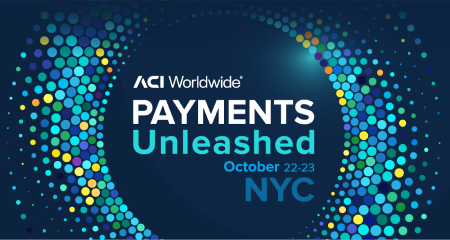A generational breakdown of the survey shows that more than half (53%) of Gen Z paid a bill late in the last 12 months. As we look at the data more closely, the reasons for this become more apparent. For example, the survey showed that 30 percent of Gen Z finds their bills confusing, and 81 percent of them called, emailed or texted with questions about their bill or account in the last year. Moreover, nearly 35 percent (34%) of this generation forgets to pay their bills, more so than Gen Y (31%), Gen X (26%), Baby Boomers (16%) and Seniors (12%).
So, what do students want?
According to the survey, 51 percent of students said that payment plans would make them worry less about the cost of college. Yet, payment plan enrollment remains low due to the lack of ease and simplicity when navigating various websites to get to the payment plan page. In addition, many payment plans are offered through separate institutions and therefore steer students and parents to a different website that has a different look and feel than the college website that they originated from, taking them longer to make their payments.
With short attention spans – eight seconds to be exact – Gen Z need immediacy, especially when it comes to refunds. The survey showed that 40 percent of Gen Z thought that refunds take too long, compared to 35 percent of Gen Y, 35 percent of Gen X, 36 percent of Baby Boomers and 24 percent of Seniors.
The need for modern payment options
According to the Aite survey, 92 percent of respondents would reduce calls made to the university if they had a secure website that contained all the billing information in one place, and 90 percent of respondents wanted to have their refunds sent to their debit card within 30 minutes.
When asked, what would help reduce late tuition payments, 97 percent of respondents said debit or credit card payments would make it easier to make their payments on time. And, while 40 percent of Americans have not heard of real-time payments, 94 percent of those who knew about it said real-time or faster payments would be beneficial to ensuring on-time payments.
Of the families that have paid their bills late in the past 12 months, 94 percent want to be able to work with a virtual collection agent to settle their delinquencies.
What can higher education institutions do?
By providing students and parents easier and faster ways to pay while maintaining security, higher education institutions can – according to industry data – raise student satisfaction by 24 percent. For example, by offering e-bills that are optimized to the mobile experience, higher education institutions can meet students where they are – on their smartphone.Open rates for text messages sit at a whopping 98 percent according to some studies. By offering text message reminders and text-to-pay options, institutions can further drive on-time payments and reduce delinquencies.
Find out more in the Aite Group survey: U.S. Consumer Payments Experience: A Blueprint for Creating Positive Behaviors




